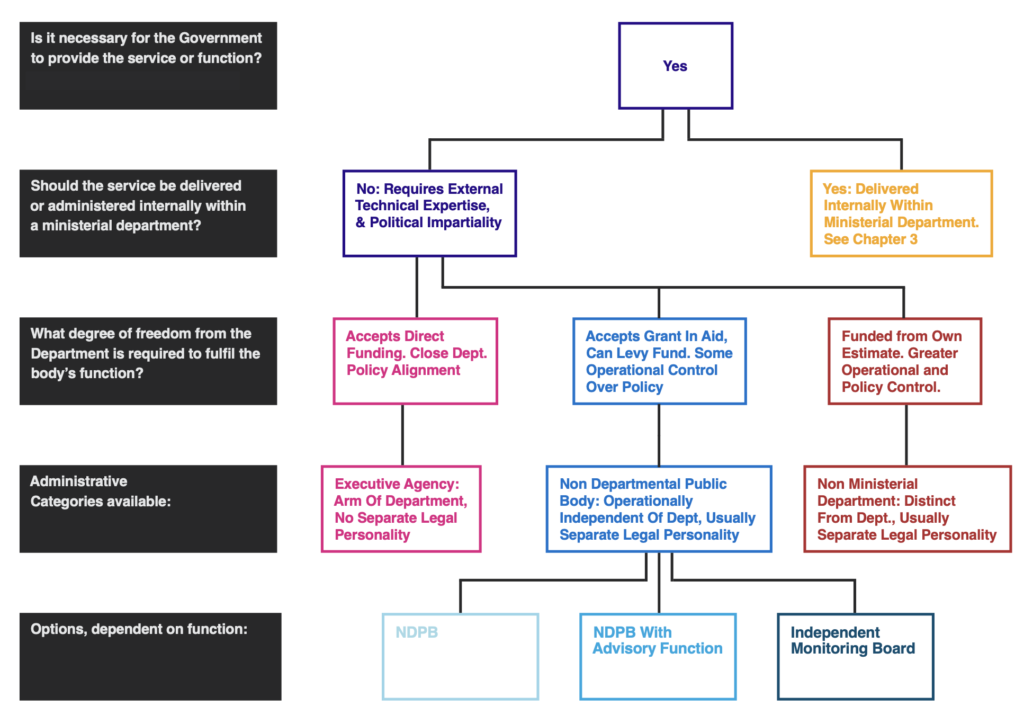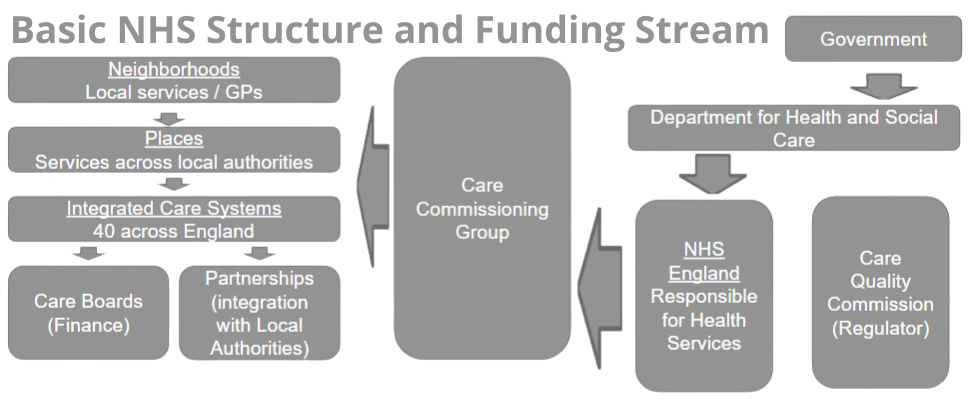Understanding Arm’s Length Bodies: A Deep Dive into Their Role and Impact
Arm’s Length Bodies (ALBs) have been a significant part of the UK’s governance structure, playing crucial roles in various sectors. This article delves into the perception, function, and critiques of ALBs, shedding light on their importance in the modern governance landscape.
1. The Perception of Arm’s Length Bodies
ALBs are recognised for their ability to deliver public services grounded in technical and specialist knowledge. This structure allows them to maintain a distance from direct political influence, ensuring unbiased and specialised service delivery. However, they’ve faced criticism for being unelected entities, which some argue makes them inefficient and unaccountable to the public.
Despite these critiques, ALBs have been conceptualised as a ‘Meta-Governor’, acting as a tool through which the government can exert control and implement its specific agendas.
2. National Audit Office’s Perspective on ALBs
Amyas Morse, the Head of the National Audit Office (NAO), has expressed concerns about the current oversight mechanisms for ALBs. He believes that if the primary reason for the existence of ALBs is to ensure a degree of independence, then the predominant focus on compliance and control is counterproductive.
A 2016 study by the NAO revealed that government departments tend to prioritise compliance over fostering a constructive relationship with ALBs, leading to ambiguity regarding their roles and responsibilities.
3. John Manzoni’s Insight on ALBs
John Manzoni, a key figure in the Civil Service and the Cabinet Office, perceives ALBs as extensions of a department’s core delivery mechanism. He emphasizes the importance of trust, clarity of accountability, and a shared understanding of purpose and outcomes in the relationship between a department and its associated bodies.
4. Key Themes Surrounding ALBs
- Alignment with Government Agenda: ALB objectives should align with broader government agendas to ensure cohesive policy implementation.
- Defining Relationships and Boundaries: The relationships between ALBs and government departments should be envisioned as partnerships, maintaining clear boundaries to uphold the integrity and autonomy of ALBs.
- Systematic Approach: A holistic approach to governance is paramount, especially in complex systems like the NHS and Transport sectors, where clear demarcation of responsibilities is essential.
5. Spotlight on Non-Departmental Public Bodies (NDPBs)
NDPBs maintain an arm’s length from ministers, operating independently but often within a strategic framework set by the ministerial department. Typically funded through government grants, the minister retains the authority to make key appointments, ensuring a balance between autonomy and oversight.

6. NHS England: An Exemplary ALB
NHS England, an executive non-departmental public body, oversees the day-to-day operations of the NHS in England. Created in 2012, its emergence aimed to reduce the number of ALBs in England and minimize potential ‘political interference’ in the health service. The 2011 Public Bodies Act played a pivotal role in reshaping the landscape of ALBs, leading to the abolition and amalgamation of many.

7. The Food Standards Agency (FSA): Ensuring Food Safety
The FSA, an independent government department, is responsible for food safety and hygiene across the UK. Established in response to the BSE crisis, the FSA emphasizes the importance of clear boundaries and relationships between government departments and ALBs. Operating in a complex environment with multiple stakeholders, the FSA ensures food safety by adopting a systematic approach and balancing diverse interests.
Arm’s-Length Bodies
In conclusion, ALBs play a pivotal role in the UK’s governance structure, ensuring specialized and unbiased service delivery in various sectors. Their existence underscores the importance of specialized agencies that can operate with a degree of independence, focusing solely on their specific mandate.

